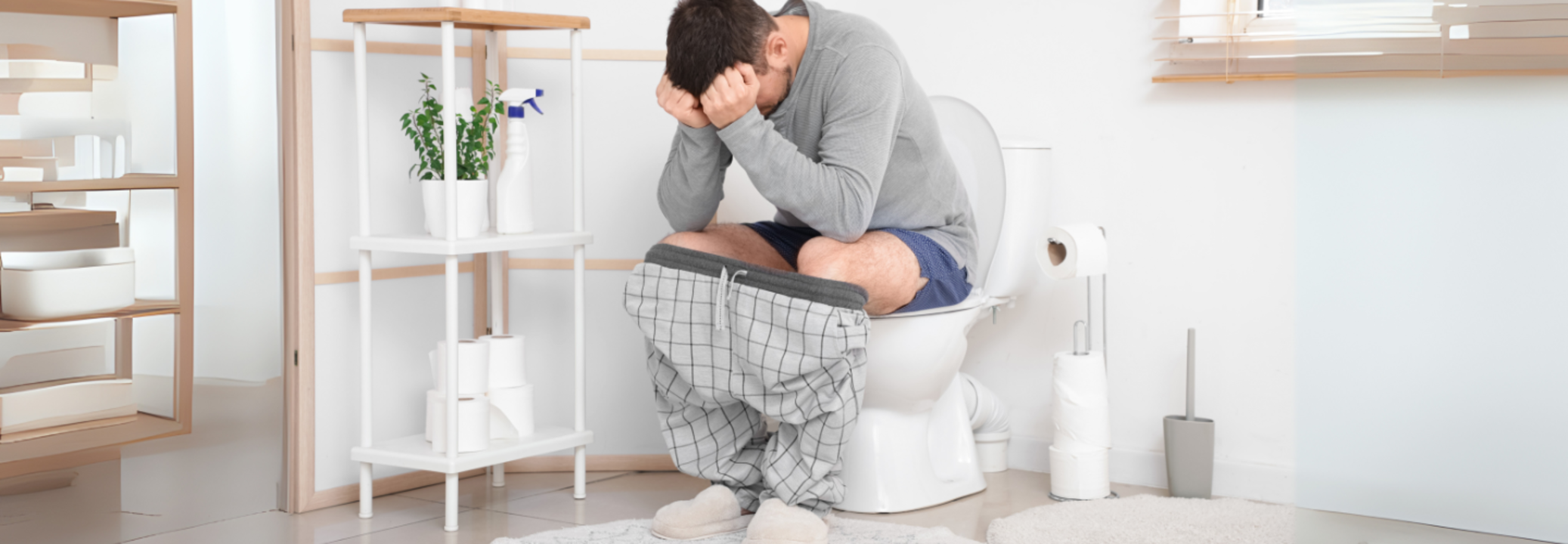'Grunting' Won't Help You Poop, But This 'Interesting' Position Is Meant To Make It Easier

Credits: Canva
SummarySquatting to poop naturally straightens your rectal canal, eases straining, relaxes your muscles, and helps everything flow out faster? It’s not just easier — it’s the healthier way to go.
End of Article
